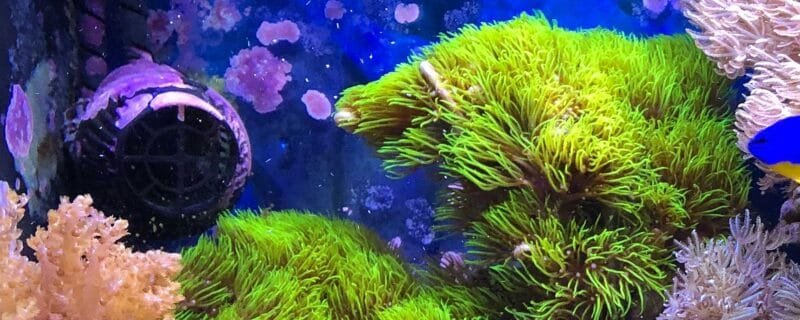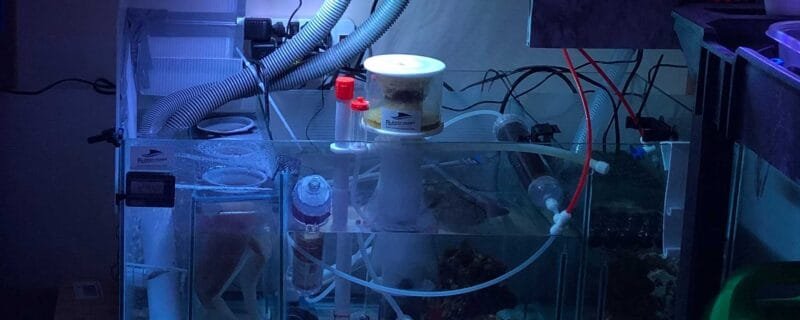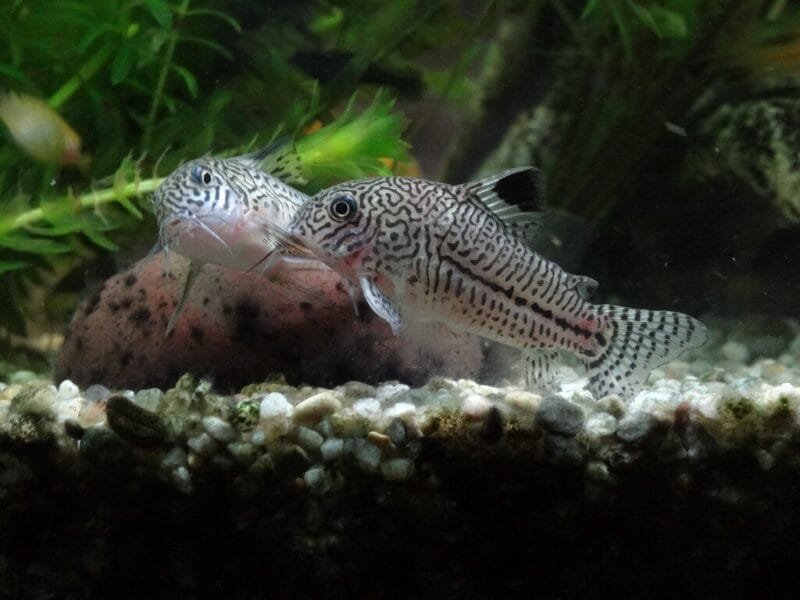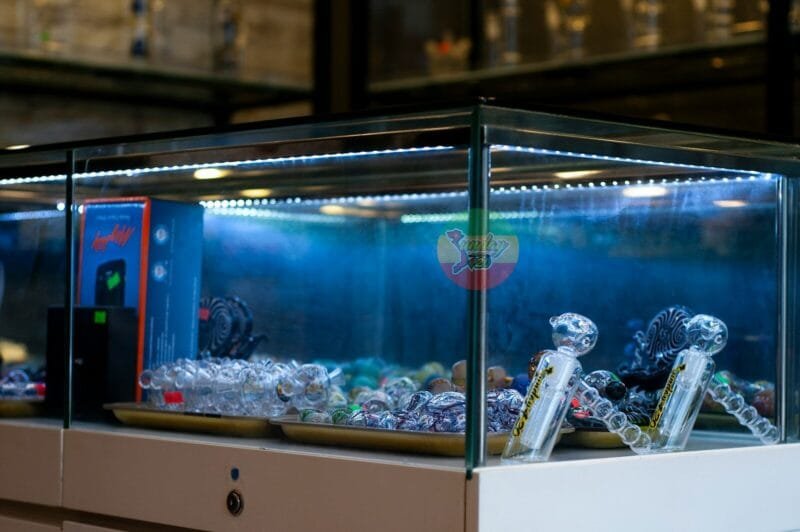The Enchanting Blue Star Leopard Wrasse (Macropharyngodon bipartitus): A Gem of the Coral Reefs
The Blue Star Leopard Wrasse, scientifically known as Macropharyngodon bipartitus, is a stunning and captivating fish species that graces the coral reefs of the Indo-Pacific with its vibrant colors and intricate patterns. With its distinctive appearance and peaceful demeanor, this wrasse has become a prized addition for dedicated marine aquarists. In this blog post, we’ll take a deep dive into the world of the Blue Star Leopard Wrasse, exploring its characteristics, natural habitat, suitability for community tanks, native range, dietary preferences, alternative names, and more.
Characteristics and Size
The Blue Star Leopard Wrasse is celebrated for its striking appearance, featuring:
- A slender and elongated body adorned with intricate blue and yellow patterns that resemble a starry night sky.
- A modest size, with adult specimens typically reaching lengths of 2 to 3 inches (5 to 7.5 centimeters) when fully grown.
These fish are known for their peaceful nature, making them a desirable choice for marine community aquariums.
Habitat and Native Range
Blue Star Leopard Wrasses are native to the warm tropical waters of the Indo-Pacific, where they inhabit coral-rich environments and reef slopes. Their natural range spans across regions such as the Great Barrier Reef in Australia, the Maldives, and various island chains in the Indian and Pacific Oceans.
Suitability for Community Tanks
Blue Star Leopard Wrasses are generally considered suitable for peaceful marine community tanks with compatible tankmates. Due to their peaceful disposition and small size, they are unlikely to pose a threat to other fish or invertebrates in the aquarium. However, it’s essential to provide plenty of hiding spots and suitable tankmates to prevent territorial disputes.
Diet and Feeding Habits
Blue Star Leopard Wrasses are carnivorous predators with a diet that includes:
- Small invertebrates, including tiny crustaceans and worms found in the substrate.
- Zooplankton and microorganisms.
In captivity, they can be fed a diet of live or frozen foods such as brine shrimp, mysis shrimp, copepods, and other small marine invertebrates. Offering a varied diet is essential to meet their nutritional needs and ensure their health and vitality.
Alternative Names
The Blue Star Leopard Wrasse is primarily known by its common name, but it may also be referred to as:
- Blue Star Leopard Fairy Wrasse (reflecting its fairy-like appearance).
- Blue Spotted Leopard Wrasse.
Sexual Dimorphism
Distinguishing between male and female Blue Star Leopard Wrasses can be challenging. In some cases, males may exhibit more vibrant colors, while females tend to be less colorful. Males may also display increased fin elongation compared to females.
Conclusion
In conclusion, the Blue Star Leopard Wrasse (Macropharyngodon bipartitus) is a mesmerizing and peaceful addition to a marine community aquarium, cherished for its vibrant colors and intricate patterns. By providing a suitable environment and a varied diet, aquarists can appreciate the beauty and grace of these elegant wrasses in their own underwater paradise.






